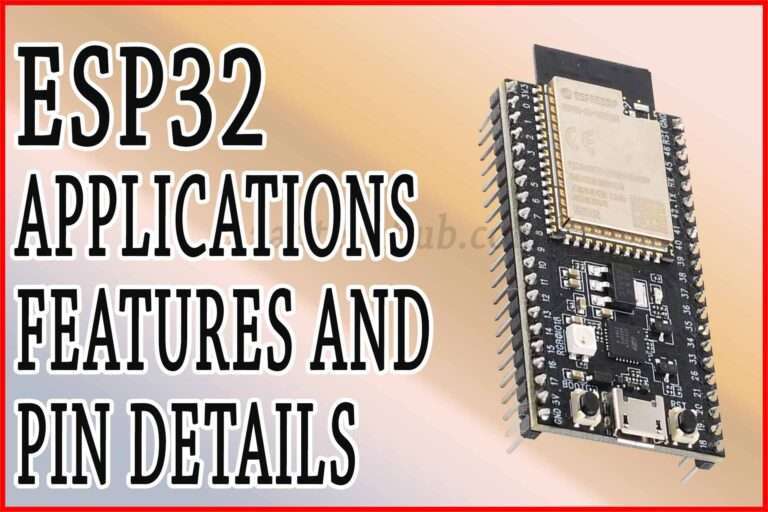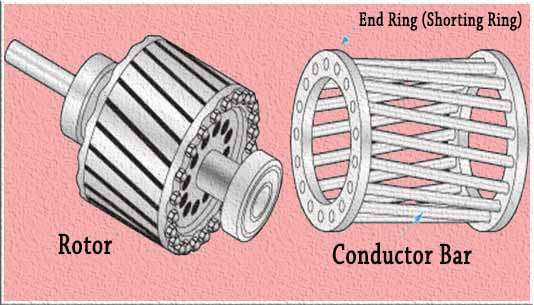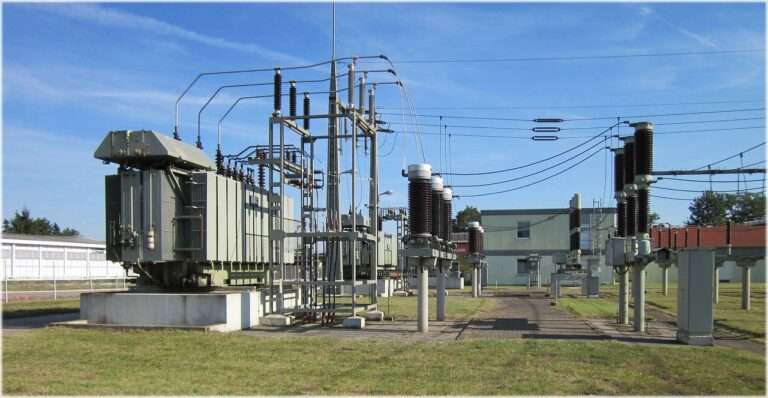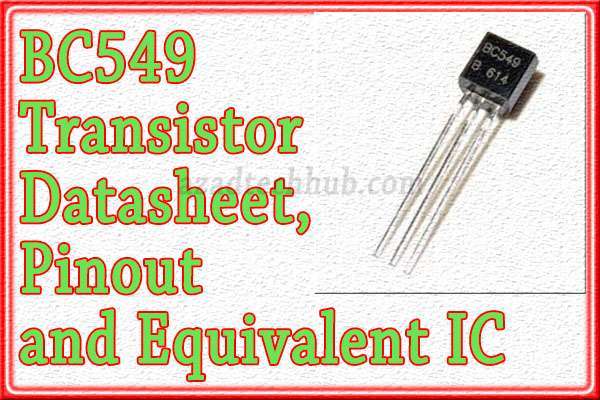Types of Transistor: A Comprehensive Overview
Different types of transistor are fundamental electronic devices that play a crucial role in modern electronics. They are used as amplifiers, switches, and digital logic components. Transistors are available in various types, each with unique characteristics and applications. In this article, we will explore the different types of transistor, providing a comprehensive overview of their functionalities and applications.
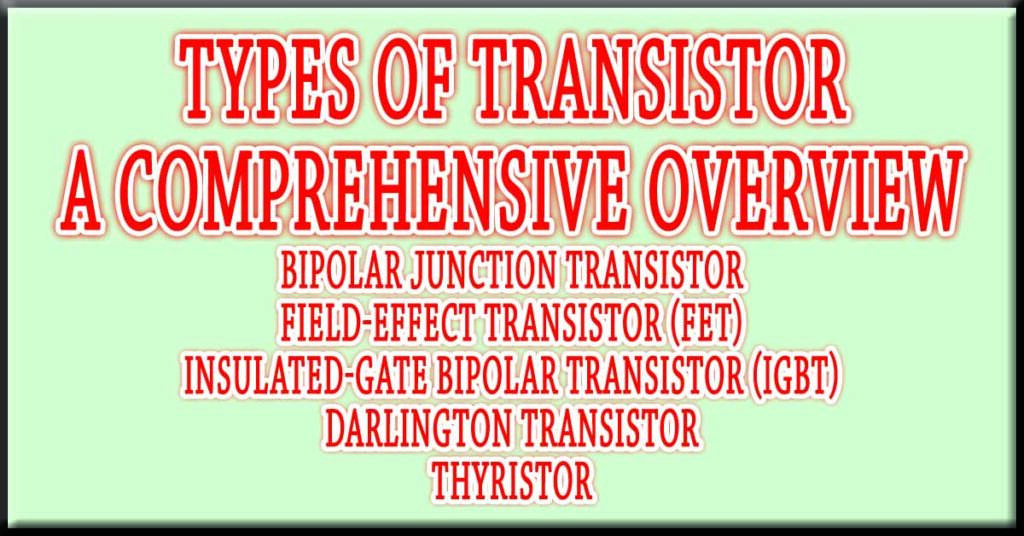
Types of Transistor
Bipolar Junction Transistor (BJT): The Bipolar Junction Transistor is one of the most commonly used types of transistor. It consists of three layers of semiconductor material: the emitter, base, and collector. BJTs are further classified into two main types:
NPN Transistor: The NPN (Negative-Positive-Negative) transistor has a P-doped base sandwiched between two N-doped regions. It operates by controlling the flow of majority charge carriers (electrons).
PNP Transistor: The PNP (Positive-Negative-Positive) transistor has an N-doped base sandwiched between two P-doped regions. It operates by controlling the flow of majority charge carriers (holes).
BJTs are widely used in analog circuits, amplifiers, and switching applications.
Field-Effect Transistor (FET): Field-Effect Transistors are voltage-controlled devices that control the current flowing through them based on the electric field applied to the semiconductor material. FETs are categorized into two primary types:
Junction Field-Effect Transistor (JFET): JFETs have a channel of semiconductor material, and the current flow is controlled by the voltage applied across a reverse-biased junction. They are commonly used in low-noise amplifiers and analog switches.
Metal-Oxide-Semiconductor Field-Effect Transistor (MOSFET): MOSFETs have a metal-oxide-semiconductor structure and are further divided into two subtypes: enhancement mode and depletion mode. They are widely used in digital circuits, power amplifiers, and high-frequency applications.
Insulated-Gate Bipolar Transistor (IGBT): The Insulated-Gate Bipolar Transistor combines the high voltage capability of a bipolar transistor with the low power drive capability of a MOSFET. IGBTs are used in high-power applications such as motor drives, power supplies, and inverters.
Darlington Transistor: The Darlington Transistor is a special configuration that consists of two bipolar transistors connected together. It provides high current gain and is commonly used in applications requiring high current amplification.
Thyristor: Thyristors are semiconductor devices that can control the flow of current over prolonged periods once triggered. They are commonly used in applications such as power control and switching.
Read More About
Understanding the different types of transistors is essential for engineers and electronics enthusiasts alike. Bipolar Junction Transistors (NPN and PNP), Field-Effect Transistors (JFETs and MOSFETs), Insulated-Gate Bipolar Transistors (IGBTs), Darlington Transistors, and Thyristors are some of the key types of transistor available, each serving specific purposes in various electronic circuits.
By familiarizing ourselves with the characteristics and applications of these transistors, we can effectively select and utilize them in our electronic designs, amplifiers, switching circuits, and other applications.
Related Posts:
- Floating Gate Transistor: Best Features & Applications
- 8050 Transistor: Important Features & Applications
- TIP122 Transistor Pinout, Datasheet & Applications
- Transistors BC547: Important Guide to Pinout
- Transistor as a Switch: A Comprehensive Overview
Follow us on LinkedIn”Electrical Insights” to get the latest updates in Electrical Engineering. You can also Follow us LinkedIn and Facebook to see our latest posts on Electrical Engineering Topics.


